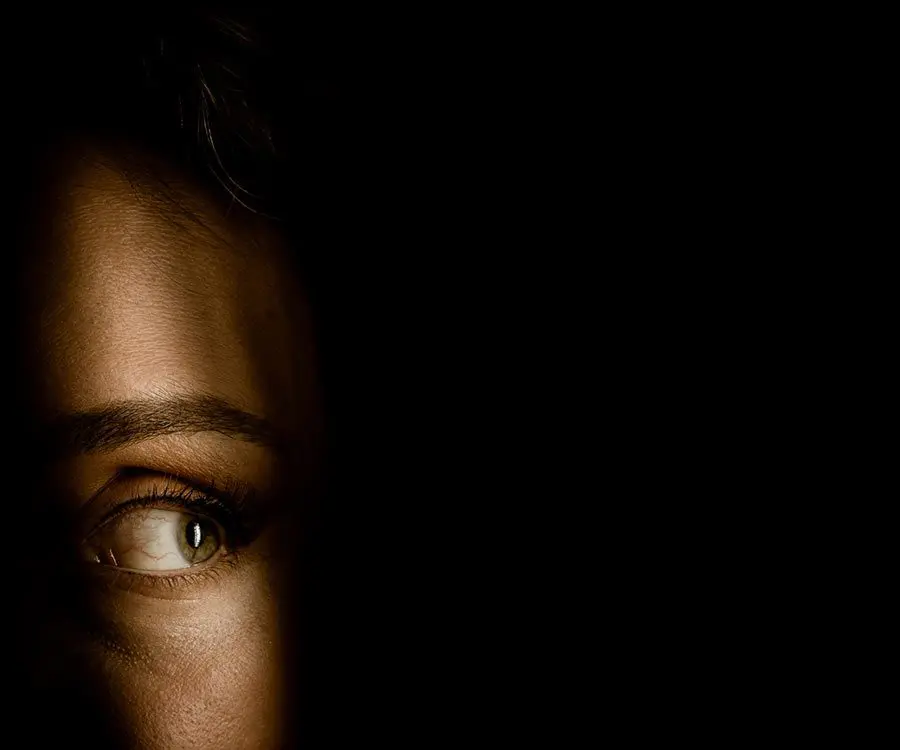
- Latest News

- News
Q&A with Mr Rakesh Jayaswal: The DUET Procedure

The revolutionary new Sulcoflex DUET Lens Exchange is a treatment to correct long-and-short distance vision offering lifelong reversibility.
We caught up with the first surgeon in the UK to perform the DUET procedure – LaserVision Consultant Ophthalmologist Mr Rakesh Jayaswal to find out more…
 1. What is the new Sulcoflex DUET Lens Exchange procedure?
1. What is the new Sulcoflex DUET Lens Exchange procedure?
The new Sulcoflex DUET Lens Exchange procedure is a ground-breaking new procedure designed to help people achieve independence or significantly reduce dependence from contact lens and spectacles. It’s performed with revolutionary lens technology, using not one, but two lenses to correct long-and-short distance vision. The procedure is based on the traditional refractive lens exchange technique which has been around for more than 20 years. It completely changes the landscape for lens replacement procedures as it allows reversibility.
2. How is it different to traditional lens replacement surgery? What are the advantages?
In traditional surgery we replace the natural lens with a single lens but with the DUET, we are using two artificial lenses to allow for vision correction. The close-vision lens can be removed (safely) if it causes side effects such as, light glare, halos, or the health of the eye changes over time – leaving the patient with their long vision still corrected.
3. Who is suitable for this surgery?
Patients over the age of 50 that are considering corrective surgery may be a candidate for this surgery. It may also be suitable for people who have already undergone cataract surgery and are disappointed with their outcome as the DUET procedure offers an upgrade on the current lens technology in their eye.
This lens is specific to several factors which need to be identified prior to surgery and therefore a full assessment should be carried out by an experienced refractive surgeon.
4. How long does it take?
Surgery is very quick, it usually takes between 10-15 minutes.
5. What happens during surgery?
We replace the natural lens with two artificial lenses using ultrasound and potentially laser to ensure maximum accuracy.
6. What are the risks involved? Is it safe?
There is a always degree of risk with any surgical procedure, however, every effort is made to minimise risk and ensure your operation is safe. Our team operates from a state-of-the-art private hospital where the equipment and products used in the operating theatre are of the highest standard.
7. You were the first to perform this procedure in the UK – what’s the story behind this?
A patient I had been seeing for a couple of years was having vision problems. He has a very demanding job and was looking for an option to improve his overall range of vision so that he could perform a range of tasks without glasses.
He was hesitant about undergoing refractive lens exchange due to the nature of his job so I was slightly concerned about using a trifocal lens in that situation. Fortunately, the new lens (Sulcoflex Trifocal) was released last year which gave us the option of reversibility, so if there was ever an issue with his vision in the future or he didn’t tolerate the lens – we had the option of removing it safely. This is a unique advantage of this lens over traditional lens surgery. We discussed it and to him it was a “no brainer”, it worked beautifully!
8. How many times have you performed this procedure now?
The first procedure was performed in November last year at Spire Portsmouth Hospital and we have performed over 30 so far so it is still in its early stages but the numbers are building extremely fast as patients have been very receptive to the concept of ‘reversibility and safety’. We have also taken part in a multi-surgery European trial for the DUET procedure, the results are due to be published in June.
9. How soon will patients be able to see clearly?
Usually within a few days, however, occasionally some patients may take longer to settle due to the precise nature of the lens.
I advise all my patients to allow a few days as the vision will continue to improve until the pupil returns to its normal size. It can take some time for the operated eye(s) to settle but patients should start to notice an improvement in their vision within a couple of days.
10. How long will they need to take time off work?
I recommend taking two to three days off work to allow the eyes to recover following the procedure. For patients who might be exposed to dust or water at work however, I would advise taking a full week off.
11. Would you undergo the Sulcoflex DUET Lens Exchange procedure?
The plan is to undergo it in a few years! Now, my reading is just starting to deteriorate but my distance vision is still intact so the plan is to wait until my distance vision gets worse and eventually undergo this procedure. The idea of reversibility really appeals to me as if I’m having any problems in the future there is the (safe) reversibility aspect of the surgery.
All the patients who have had this procedure done so far have been really pleased with the outcome and are enjoying a spectacle free life which is very positive!
Find out more about Sulcoflex DUET Lens Exchange at our next free open event.
Reviews







